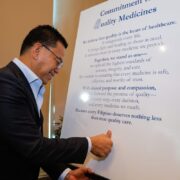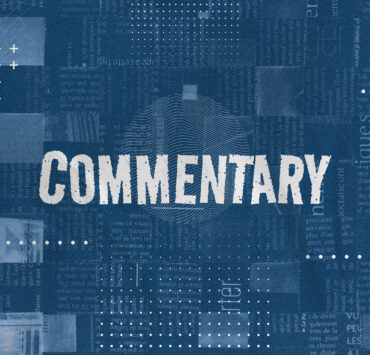Strategic communication for gov’t programs

In a surprise move, President Marcos called for the courtesy resignation of his Cabinet secretaries to “recalibrate” his administration following the results of the recent elections.
“It’s time to realign government with the people’s expectations,” he said. The President acknowledged public dissatisfaction with government services, stating that people are “tired of politics” and want “faster execution and results.” Along with this, he said he’d evaluate each department’s performance and determine who will continue to serve in line with his administration’s recalibrated priorities.
Realigning government programs with public expectations demands a refreshed, vigorous, and strategic communication approach. Governance is not merely about launching ambitious initiatives; success depends on effective execution and how well these efforts are communicated to the people. Even the most well-intentioned programs can be misunderstood, undervalued, or met with skepticism if communication is unclear, untimely, or disconnected from the burning concerns of citizens. A strategic communication approach ensures that government programs are not just announced but actively explained, contextualized, and reinforced in ways that foster public trust and engagement.
A strategic communication approach is built on five critical elements—the five Rs—which ensure that right messages are crafted effectively and delivered to the right people at the right time, through the right channels, with the right impact.
First, the right message. The foundation of strategic communication begins with well-crafted messages which are communicated in a popular language that resonates with the people. More importantly, messages should align with the government’s programs and directly address pressing concerns, such as poverty, food security, affordable health care, peace and order, and good governance.
Second, the right people. A strategic communication approach requires careful audience segmentation. Key stakeholders—such as public-private implementors, policymakers, and local communities—must receive messages tailored to their specific needs and roles. Rural communities, often underserved in communication efforts, are particularly crucial in government outreach. Even if messages are well-crafted, they must reach the intended recipients to achieve meaningful impact.
Third, the right platform. Choosing the most effective communication channel is essential to ensure wider reach and engagement. Traditional media—where official statements and press briefings are published or broadcasted—should be complemented by modern outreach strategies, including social media, interactive fora, and direct community engagement. In rural areas where internet access is limited, radio remains one of the most powerful tools for reaching unreached, marginal, and underserved communities.
Fourth, the right time. Timing is a crucial factor in communication effectiveness. Messages delivered too early may fail to capture public attention, while those shared too late run the risk of becoming irrelevant. New digital technologies enable real-time information sharing, ensuring that communication remains timely and responsive. Additionally, partnering with local leaders and civil society organizations helps guarantee that messages reach grassroots communities when they matter most.
And fifth, the right impact. Strategic communication is not just about informing—it must lead to understanding, engagement, and action. The true measure of effectiveness is how well a message mobilizes stakeholders, fosters public discourse, and generates concrete action. Raising awareness is important, but the ultimate goal of strategic communication is to catalyze change, strengthen public trust, and drive collective efforts toward shared progress.
A truly strategic communication approach is dynamic, people-centered, and outcome-driven. It builds networks, strengthens relationships, and empowers citizens to participate in shaping a better future.
In summary, strategic communication employs a rifle approach—targeted, precise, and intentional—rather than the shotgun approach of conventional public information, which is broad and generalized. A top-down approach to communication is no longer sufficient, hence, the administration should prioritize engaging directly with communities, addressing concerns, and incorporating feedback into decision-making and program execution.
Ultimately, strategic communication goes beyond delivering information—it is about establishing strong connections, fostering dialogue, and empowering citizens with knowledge. By pursuing a refreshed approach though strategic communication, the administration can ensure that its programs and policies are understood and supported by the people, and successfully implemented towards inclusive development.
—————
Dr. Rex L. Navarro is Vice President of the Coalition for Agriculture Modernization in the Philippines (CAMP). He is former Director of the University of the Philippines Los Baños Institute (now College) of Development Communication.

















Why climate multilateralism still matters